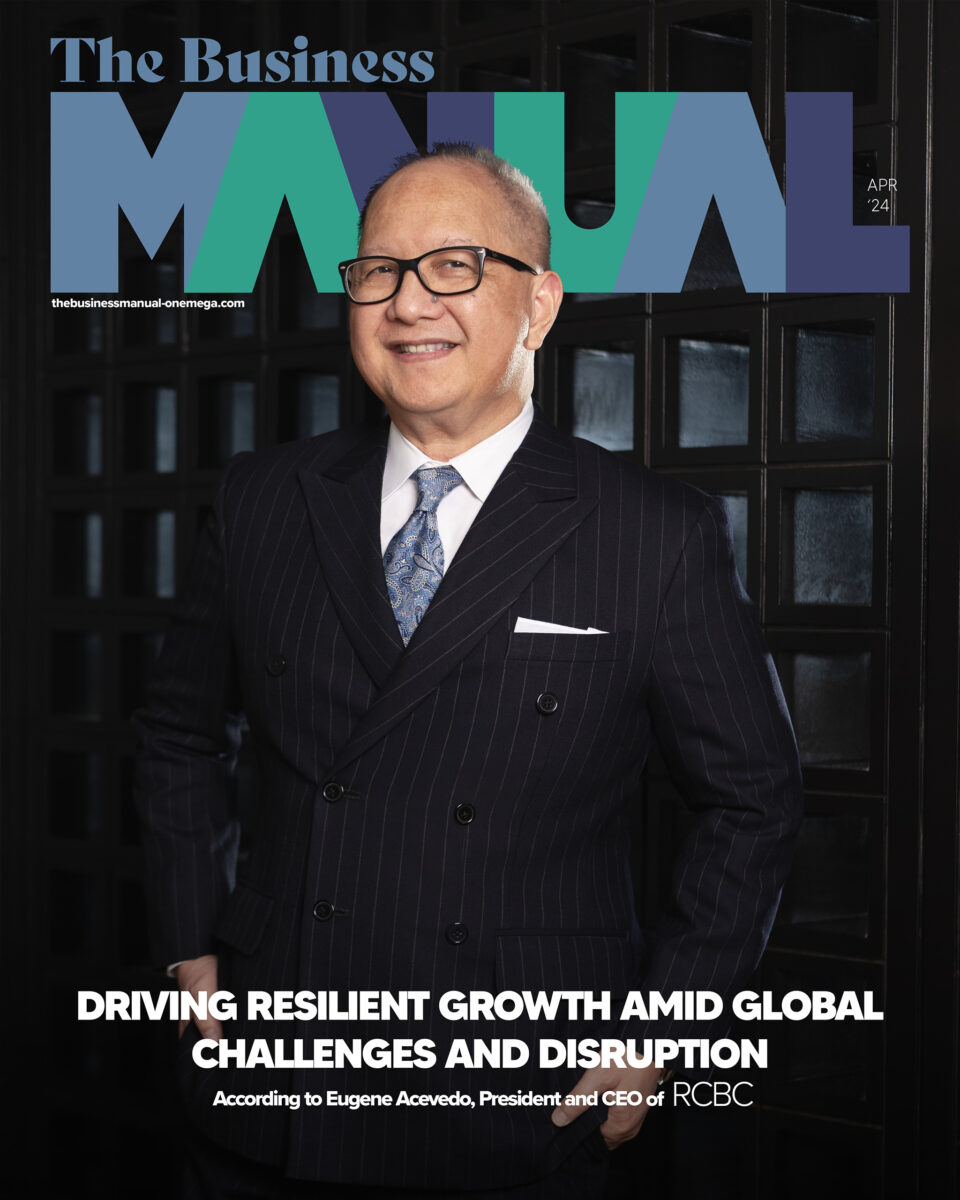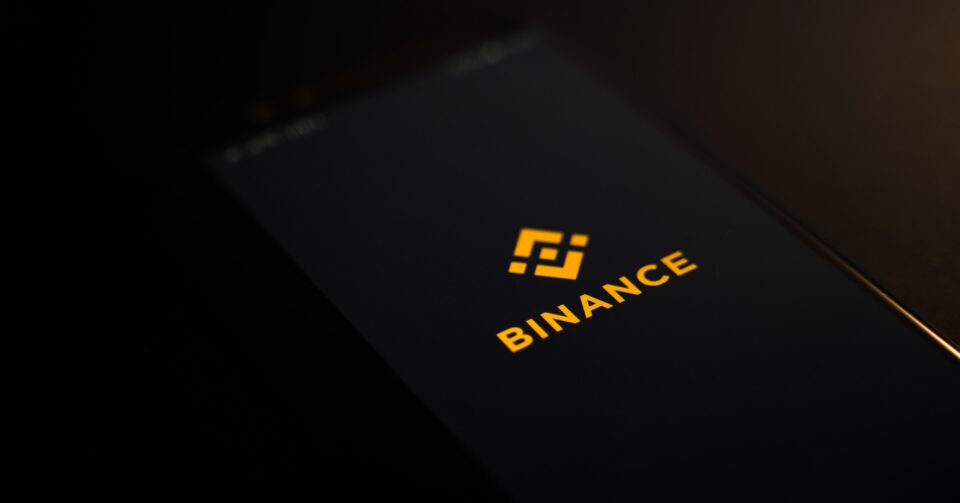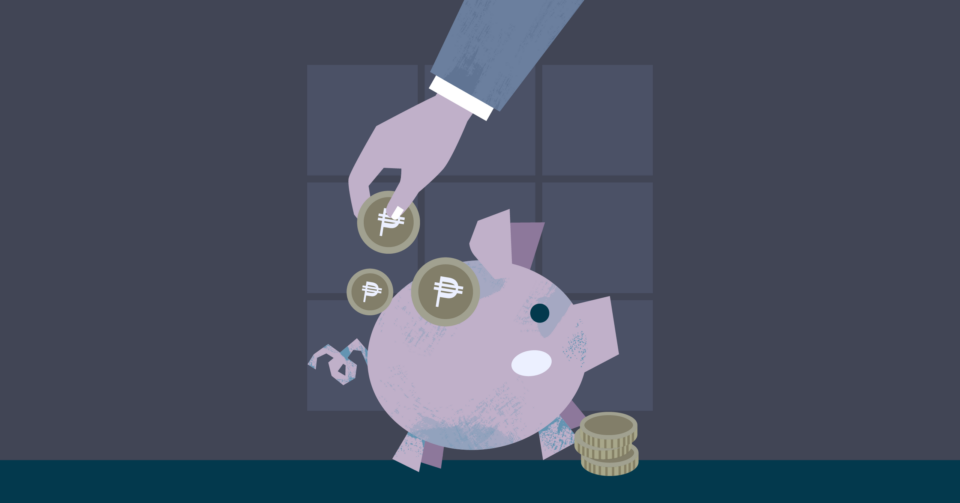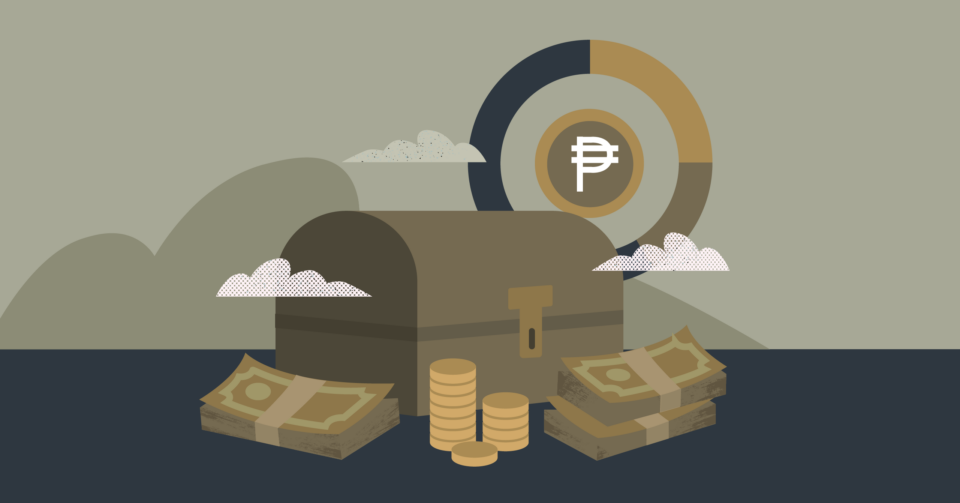How to Retire Early: Learn Financial Independence from the F.I.R.E Movement, Part 2
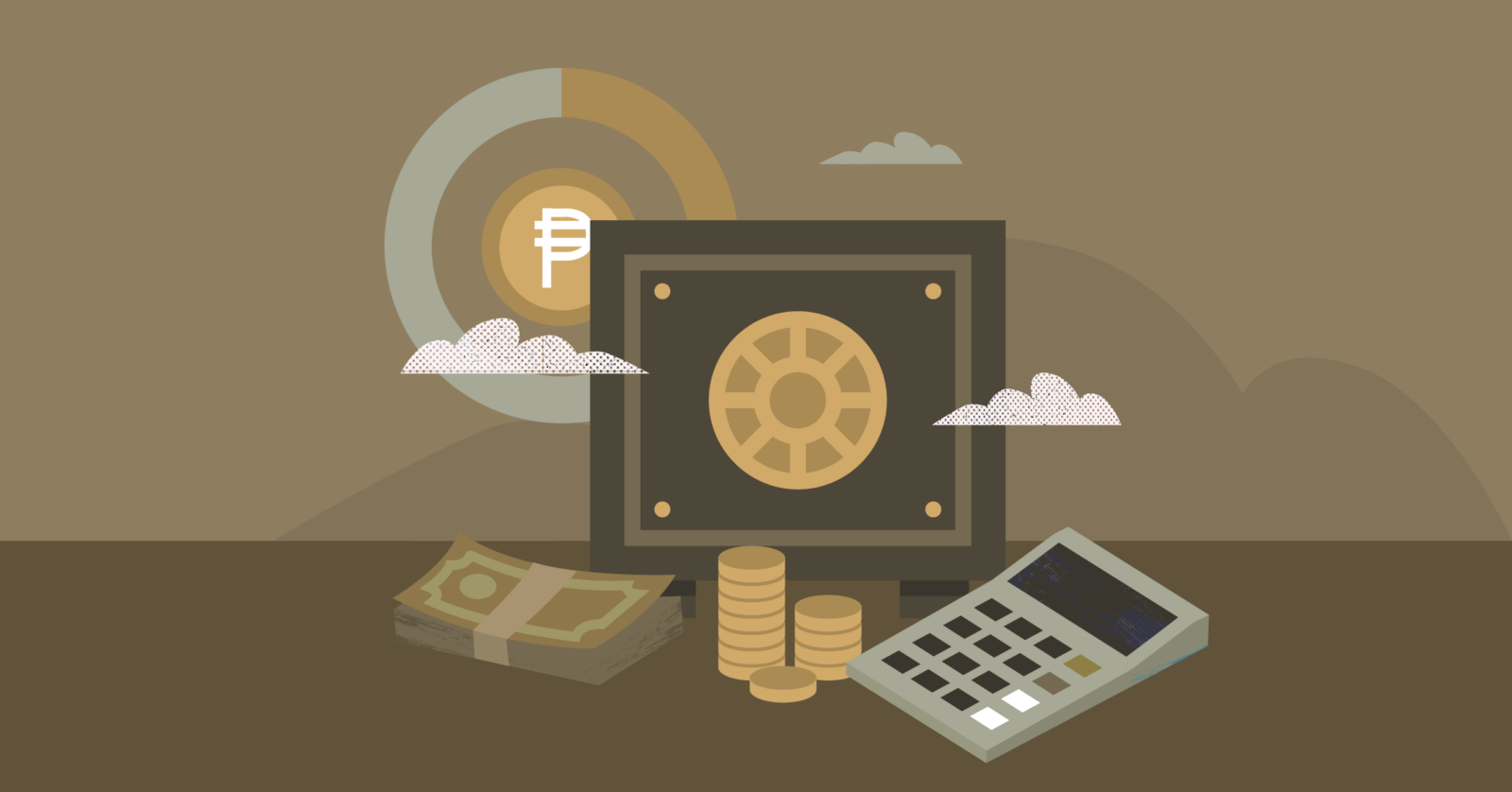
Financial Independence starts with setting realistic goals, establishing savings early, and living within your means. When done right, it could also be your key to retiring early.
The F.I.R.E. (Financial Independence Retire Early) method is a way to achieve financial freedom early in life. It’s a method that can work for anyone, regardless of their income level. And crucially, it is not a get-rich-quick scheme. Instead, it is a means to retire early, or at least ensure that you have enough upon retirement. It is also not necessarily about quitting work altogether, but simply having the option to choose when you work and how much.
In the first part of this two-part series on How to Retire Early, The Business Manual defined the F.I.R.E. Movement. In the final part of this series, we will discuss how to apply the F.I.R.E. method to your finances by taking a closer look at real-life examples.
The Road to Financial Independence: How to Apply the F.I.R.E. Method
“The more I understood it, the more I realized that F.I.R.E. is the holistic view on personal finance,” explained F.I.R.E. Movement Philippines’ Founder, Kenneth Reyes-Lao. To him and other F.I.R.E. savers, it means living below your means, while creating multiple income streams to increase your savings and reach your F.I.R.E number.
Fellow F.I.R.E saver Emerson Bautista admits that he had to learn this the hard way. Married with two children, he was saddled with debt and lived from paycheck to paycheck before he discovered the F.I.R.E. method. It was the only way he knew how to support his family for many years.
“I had no idea how to save and my net worth was negative because of my debts,” he lamented. “For 16 to 17 years, that was just how my life went.”
A former colleague of Reyes-Lao, Bautista eventually learned about the F.I.R.E. method. This encouraged him to start getting his house in order.
Bautista put up a barbershop business in 2020, but the business was hit by the pandemic. Instead of being discouraged, he pivoted to selling barber supplies online, and this became a success. From gross sales of PHP400,000 in its first year, the business now enjoys more than a million pesos in sales. At the same time, Bautista still retains his employment and benefits as an I.T. professional. His two income sources enabled him to pay off his debts, build an emergency fund, and start his F.I.R.E. portfolio.
With a goal of reaching PHP9 million in 17 years at the age of 60, Bautista has invested a quarter of his funds on business inventory, 18% on Pag-ibig MP2, 15% on digital banks, 16% on real estate, 10% on other investments, and 5% on lending (a practice that most fund managers deem to be high risk). He also religiously sets aside 10% of his monthly earnings for charity.
“I only started at age 43 so I have a lot of catching up to do,” Bautista said. But thanks to his growing business and continued employment, he remains on track in attaining financial independence.
Bautista’s next investment target? To set up a camping site on his property in Quezon as a source of passive income. “I used to just think about working and spending all my earnings, but now I’ve realized there’s so much more you can do,” he enthused.
Achieving Financial Independence by Age 50
Carla Jacinto (not her real name), probably has one of the strictest F.I.R.E. practices you would ever encounter. She consistently saves a whopping 85% of her monthly income for her investments, mostly consisting of fixed income funds. A chemical engineer, she has been working in the United Arab Emirates for the past 11 years and has always been diligent about saving money. “I grew up poor,” recalled Jacinto. “I was taught to just finish my studies, but had no one to teach me about investments. But I taught myself how to save.”
At the age of 31, Jacinto decided to work overseas in pursuit of better pay. At the same time, she started teaching herself about savings and investments. “I would pay for all these talks (on financial literacy) and do my own research,” she shared. In 2017, she heard of the F.I.R.E movement and has not looked back since.
A conservative investor, 80% of Jacinto’s funds is in risk-free, fixed income investments such as Pag-ibig MP2, while the remaining 20% is divided between real estate and a small equity fund.
Starting her journey at the age of 35, Jacinto gave herself just 15 years to reach her F.I.R.E. number of PHP30 million. But because almost all her income (85%) goes into her F.I.R.E. fund, she has already reached 50% of her financial target. Achieving this, meant living well below her means—sharing a flat with someone, even if she could very well afford her own apartment, shying away from luxury purchases, and generally living a simple, low-key life.
But does she ever feel deprived? “That’s why self-awareness is very important,” explained Jacinto. “You need to know your priorities. I’m happy with my method. I also spend, but splurging to me is to spoil my siblings.”
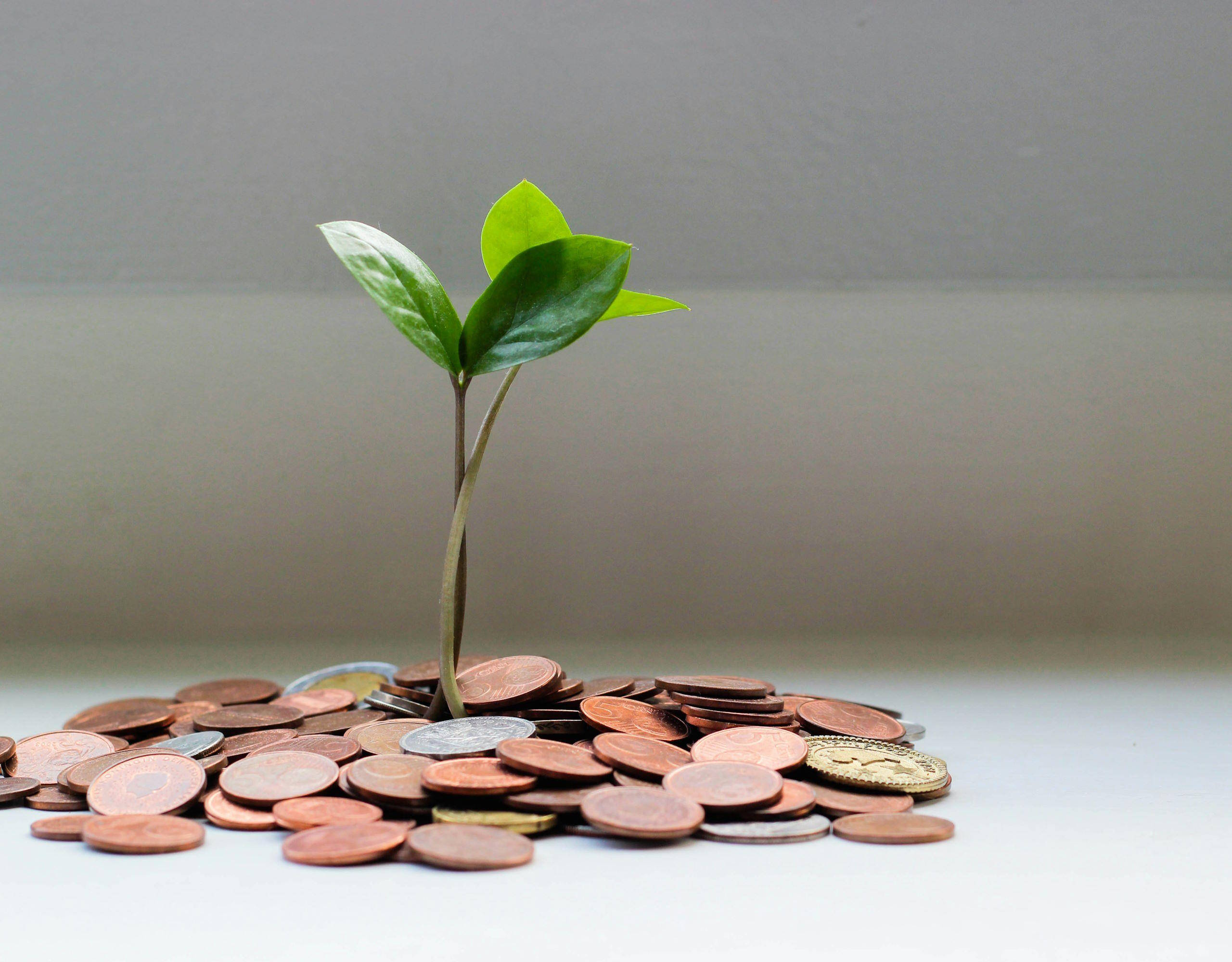
Marvin Fausto, President of COL Investment Management Inc., explains that one’s investment strategy depends mainly on three things: your objective, risk appetite, and amount of time left until retirement. If you only have 15 years or less until retirement, he recommends saving at least 50% of your income. But if you’re able to start early, then a 20% to 30% savings rate will do.
“Start at 50% and raise it to 60% as you go along,” Fausto explained. “But it is ideally at 20% to 30% if you’re younger. Like if you have 30 to 40 years.”
For F.I.R.E. savers 35 years old and younger, he recommends a portfolio with 80% in riskier investments such as stocks, mutual funds, UITFs (Unit Investment Trust Funds) and digital banks. The 20% should be devoted to safer investments such as Pag-ibig MP2, bonds, treasury bills, and blue chip stocks. However, the model will be reversed the closer you get to your retirement age, with majority going to fixed income investments, and less to riskier funds.
“Understand what you want to achieve, learn first what you’re getting yourself into, and maintain a diversified portfolio,” Fausto advised.
The Types of F.I.R.E.
As you travel along your journey towards financial independence, you may shift to other F.I.R.E. variants, depending on your preferences, milestones, and goals:
1. LEAN F.I.R.E.
The strictest form where followers save at least half of their income and stick to a minimalist lifestyle.
2. FAT F.I.R.E.
This method is for those who want to save more than the average to enjoy more luxuries during retirement.
3. COAST F.I.R.E.
For those who already have enough saved, the interest from current investments is sufficient to help you coast towards your F.I.R.E. number even without additional contributions. You may still work, but such income is essential only to cover your current expenses.
4. BARISTA F.I.R.E.
In this F.I.R.E. variant, you still work during retirement, but only to avoid spending your retirement fund and to take advantage of health coverage. With this method, you are able to choose the type and amount you work you do.
Reyes-Lao advises that instead of limiting yourself to one type, treat these variants as milestones in your F.I.R.E. journey. For instance, he is in his LEAN F.I.R.E. stage, currently building his business and investment portfolio.
Jacinto is also practicing LEAN F.I.R.E., but might reach COAST F.I.R.E. in a few years. She also sees herself living the BARISTA F.I.R.E. lifestyle during retirement, where she plans to do part-time or volunteer work.
Given her single status and F.I.R.E. number, she will likewise eventually reach FAT F.I.R.E., where she’s able to retire at age 50 with more than enough funds. Continued interest income from her investments will allow her to travel whenever she wants, and buy whatever she wants.
For Bautista who is married and a father of two, what’s most important is to simply have enough to support him and his wife during retirement, freeing his children from the burden of supporting them in their old age. He explains that as a former breadwinner, he knows the pressure and responsibility it places on a child.
“I want them to be free from that burden,” said Bautista. “I came from a poor family and it is part of our custom (to support our parents). I don’t regret it because I willingly did it out of love for my parents. But you also need to save for yourself.”
F.I.R.E. then, is not only freedom and financial independence for one’s self, but also for our loved ones, by freeing them from the burden of worrying about us in our old age. It is also not just about saving more and retiring early, but about consuming less, while improving quality of life.
To learn more about financial independence and F.I.R.E. in the Philippine setting, join the F.I.R.E Movement Philippines group on Facebook.
